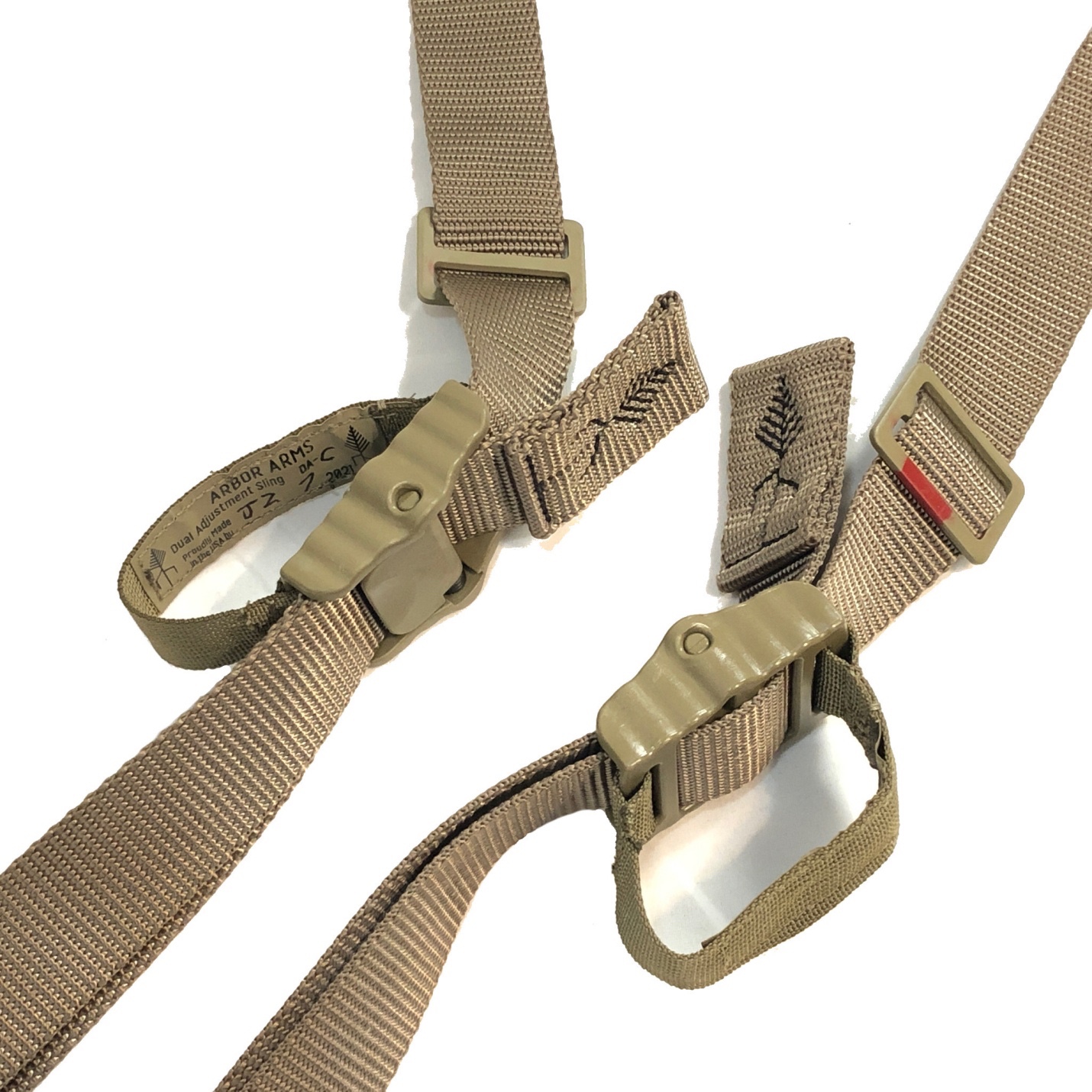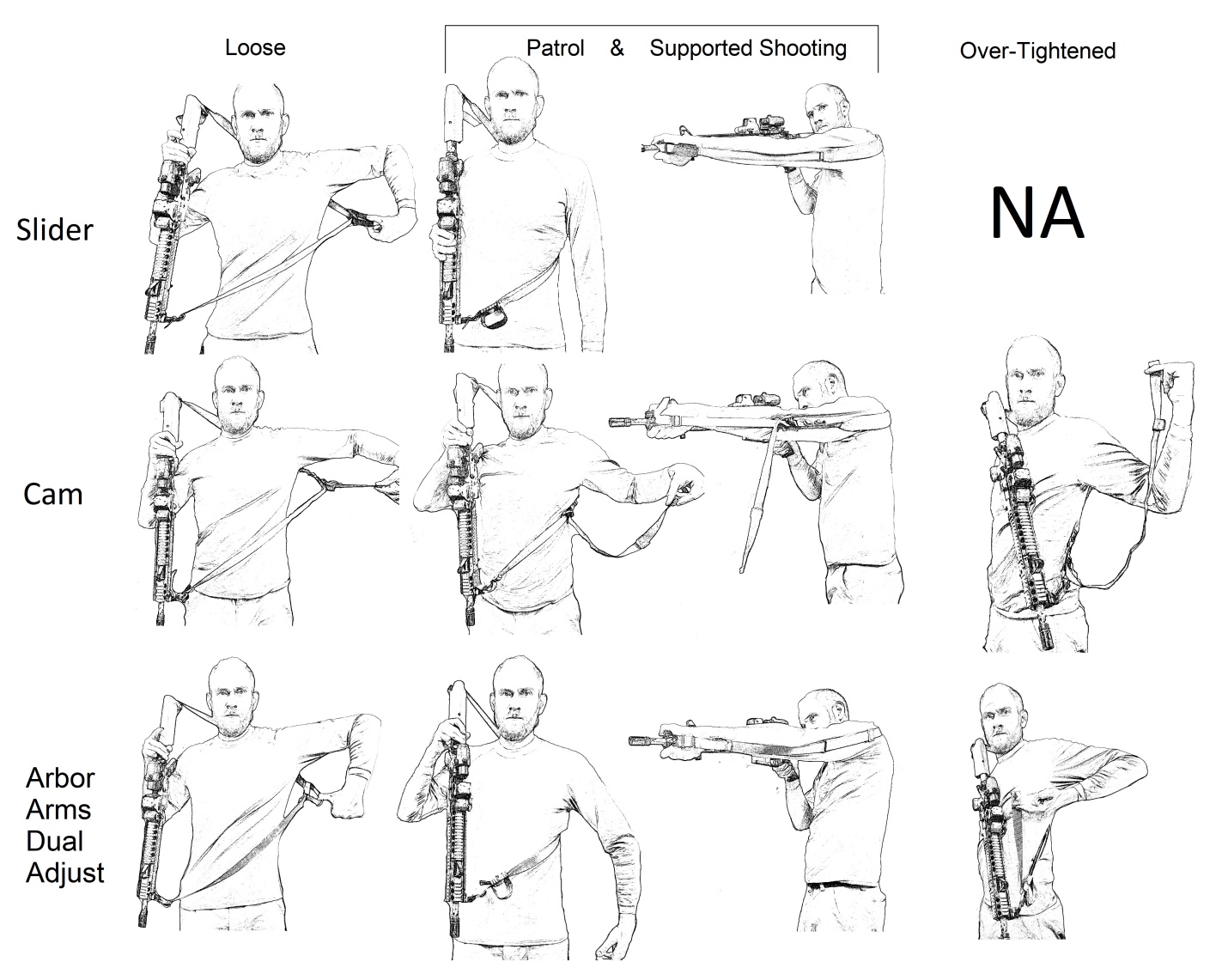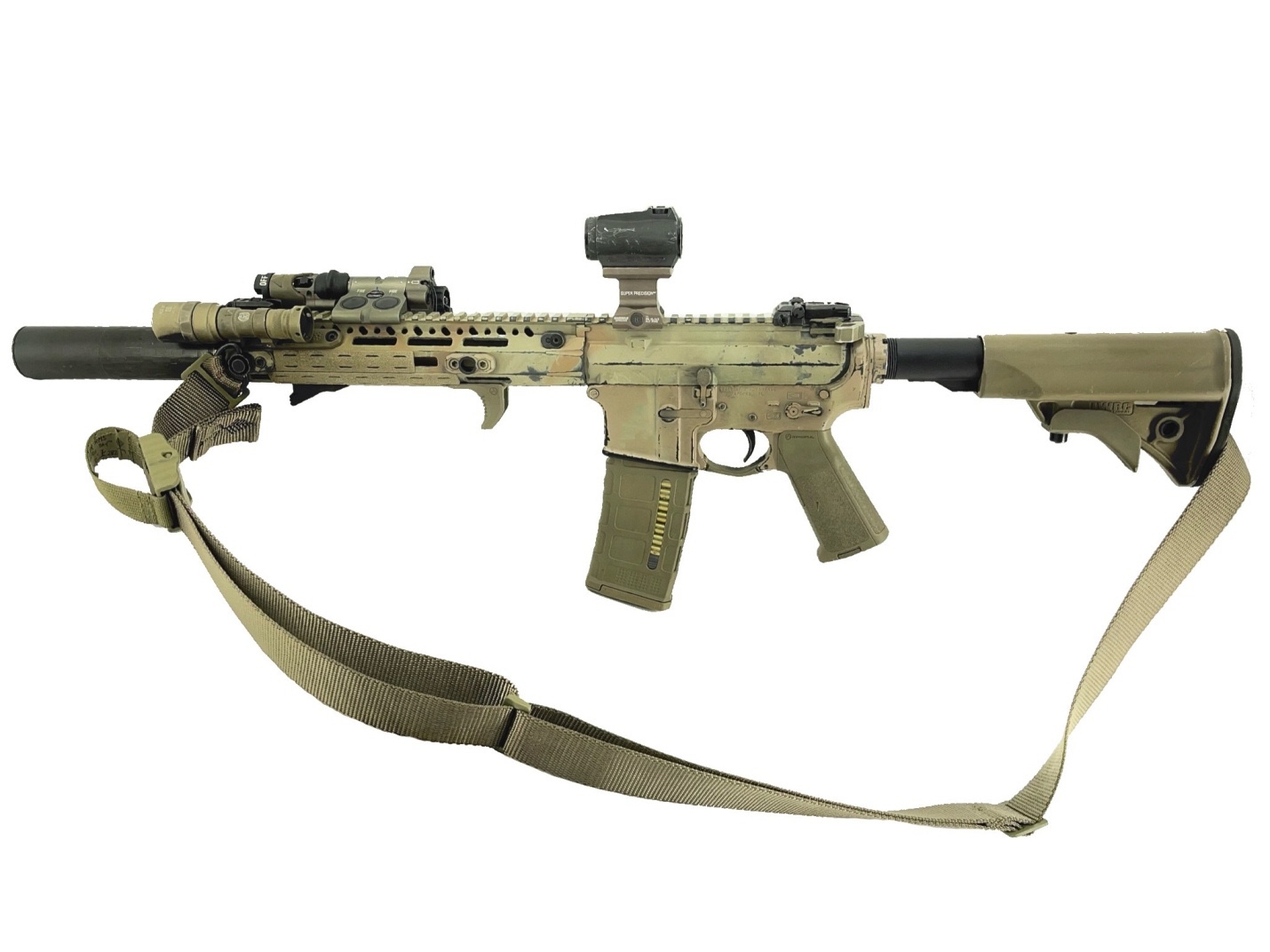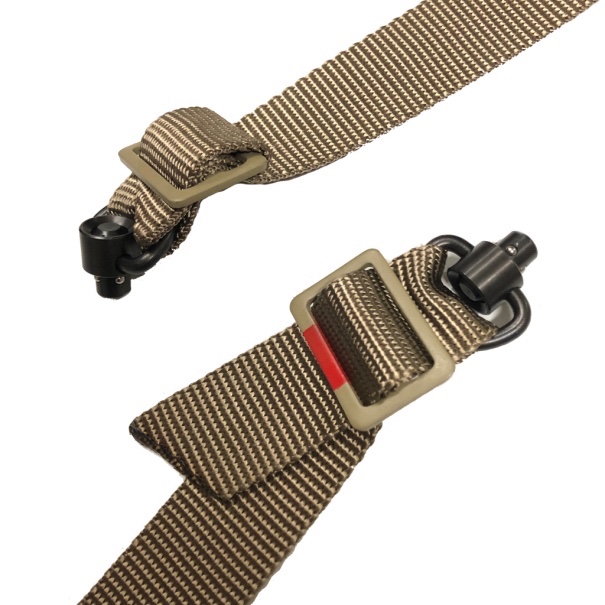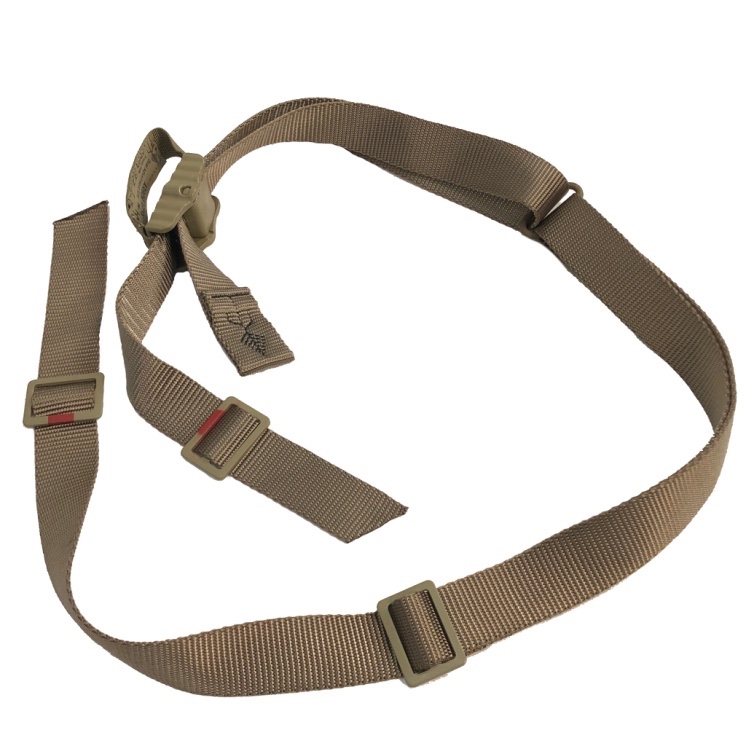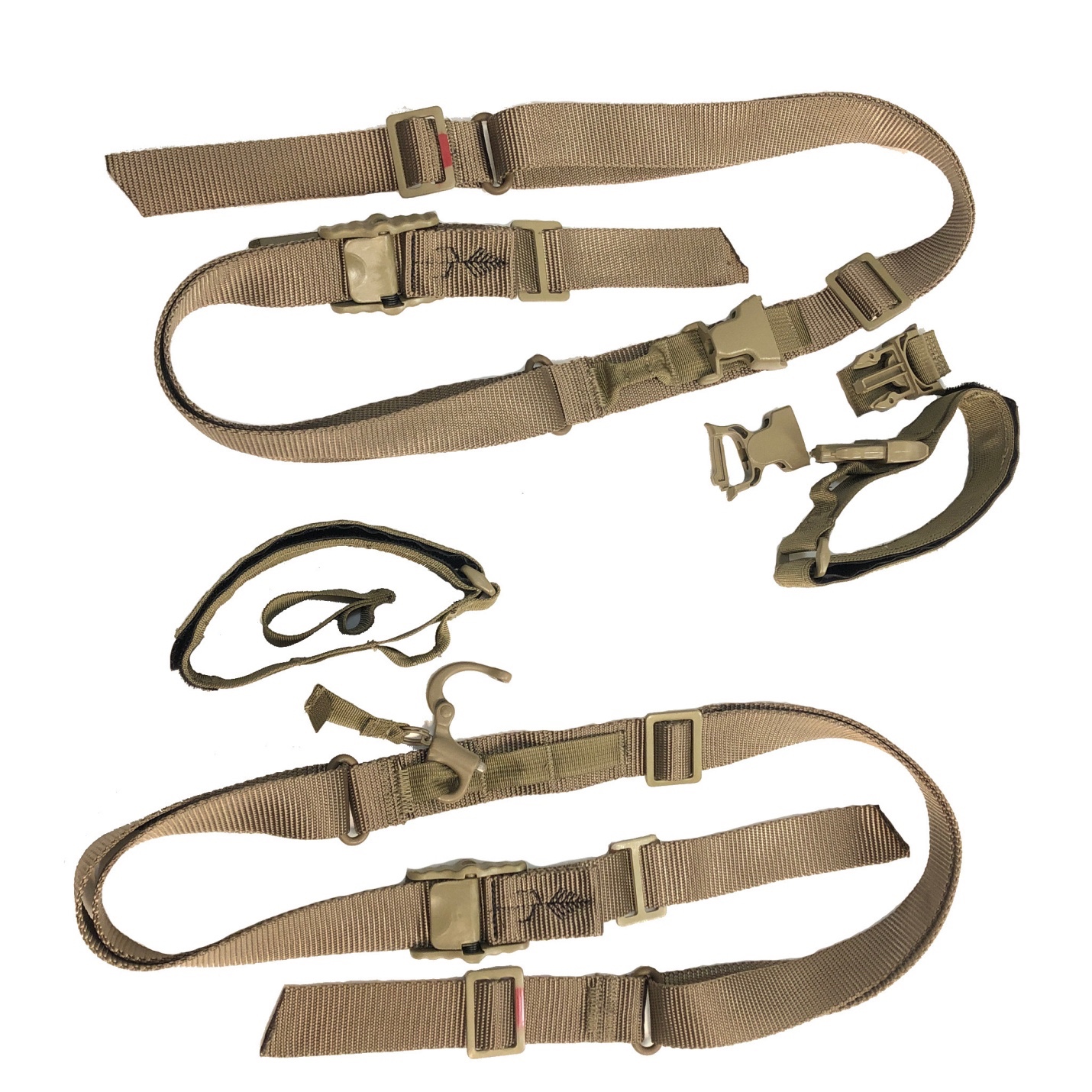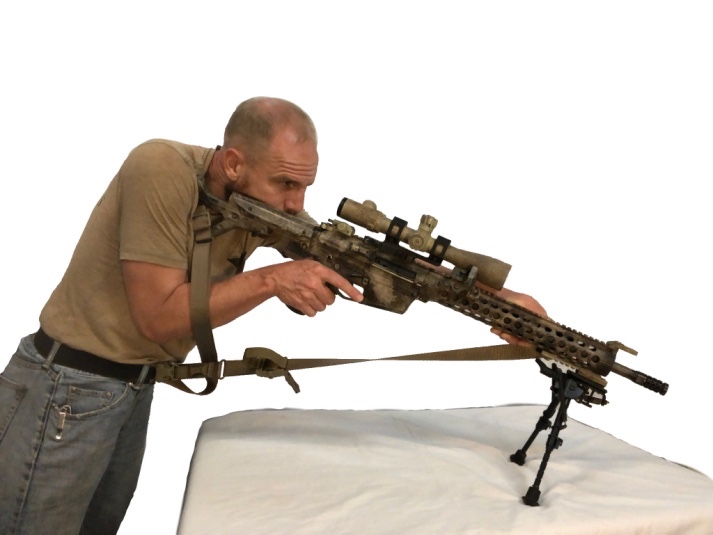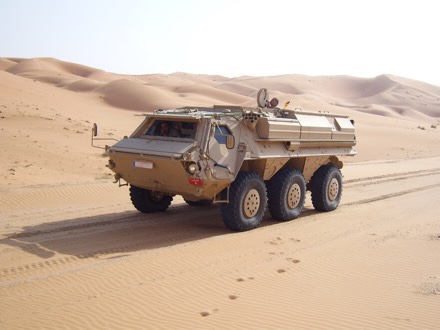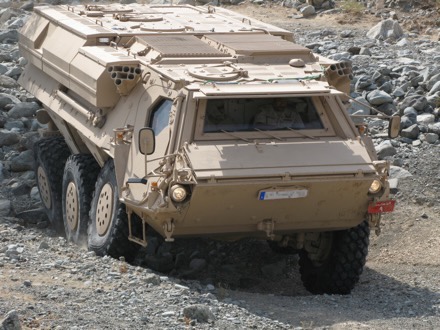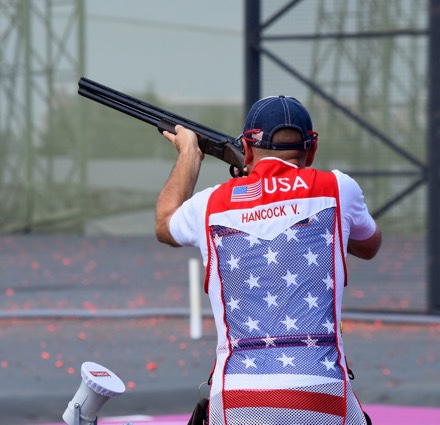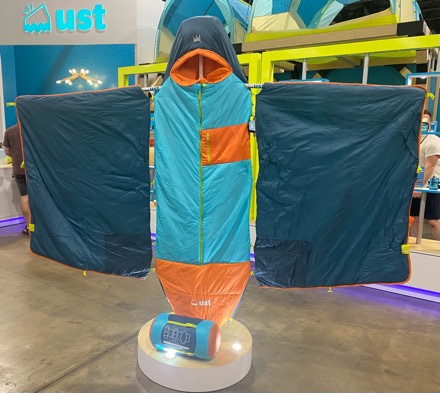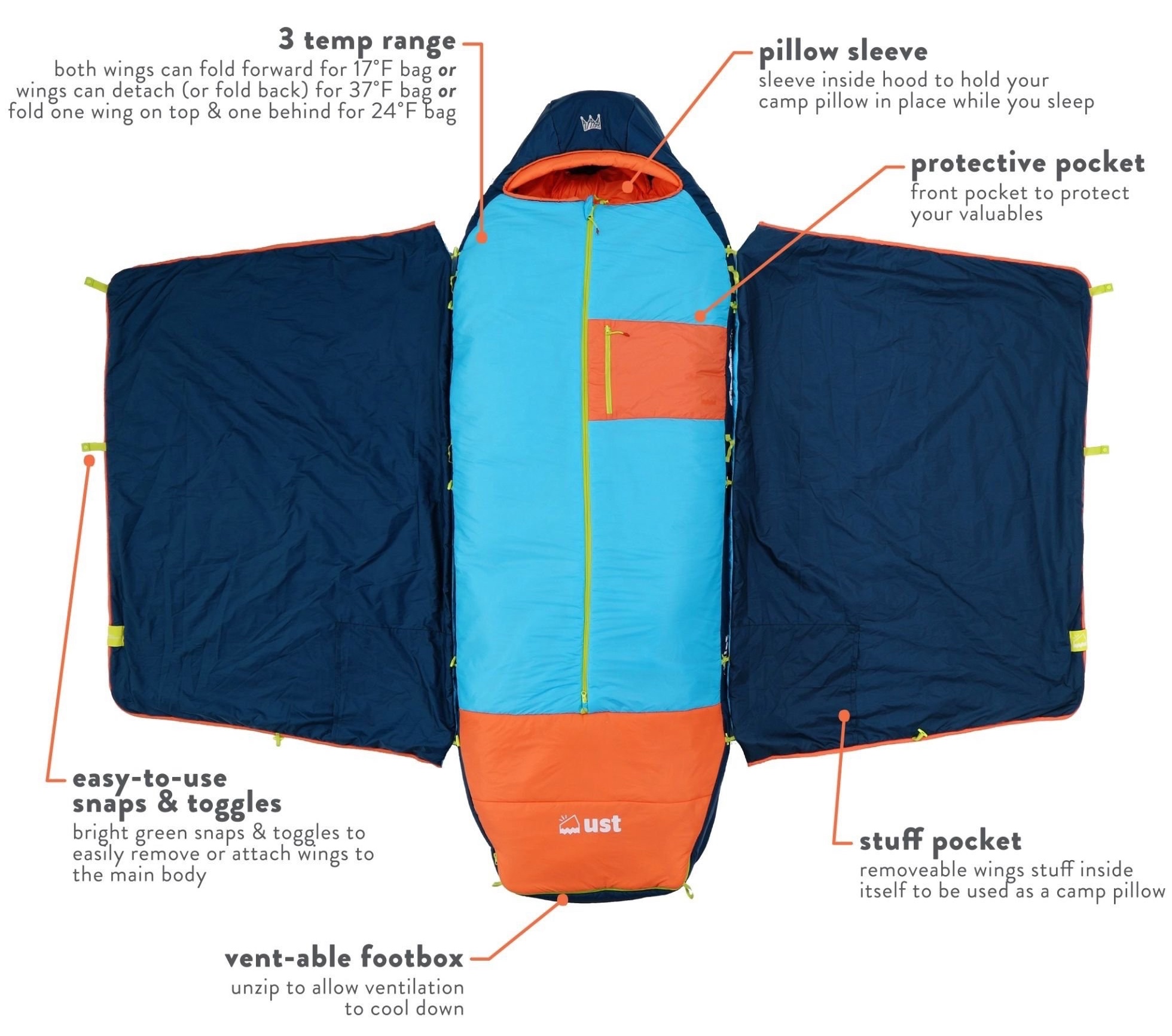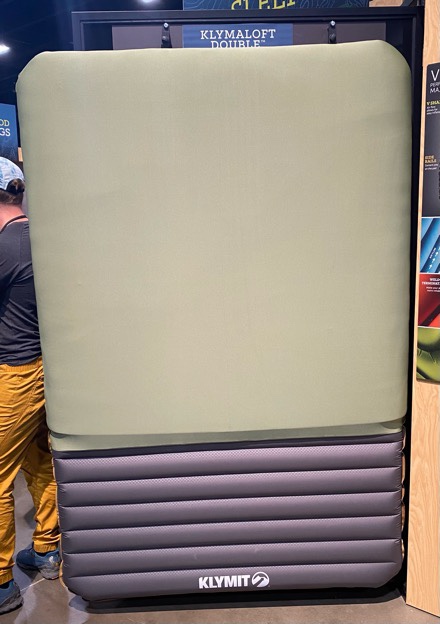NEWINGTON, N.H., (August 12, 2021) – SIG SAUER, Inc. congratulates Team SIG Professional Shooter Daniel Horner for his first-place finish in the inaugural CompX Marksmanship Invitational to become the first-ever winner of the CompX Marksmanship Cup.
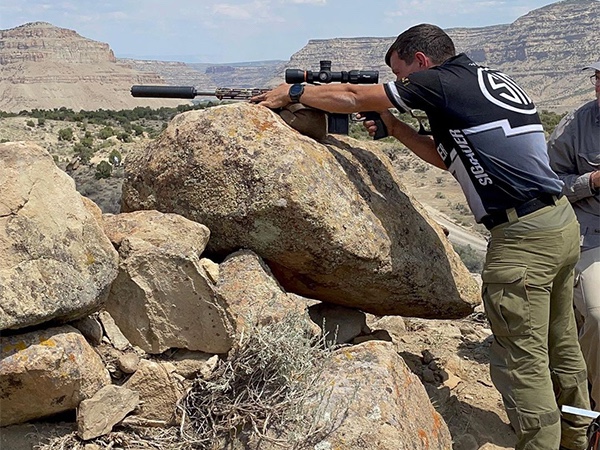
The CompX Marksmanship Invitational challenged ten elite competitors in a head-to-head match-up in four shooting events over the course of three days at the 2021 CompExpo. The four events required to participate in this invite-only competition were the NRL Hunter Series Grand Slam, USSL Multi-Gun Championship, Total Archery Experience, and Shotgun Challenge. Team SIG Professional Shooter Daniel Horner was the overall winner of the combined event to take home the 2021 CompX Marksmanship Cup.
“For 2021 Daniel has been laser-focused on demonstrating the capabilities of the SIG SAUER CROSS bolt-action rifle, optics, and ammunition to hunters and precision shooters. The NRL Hunter Series has been the perfect showcase and fit for him as both a competitor and ambassador for the SIG SAUER product lines,” said Tom Taylor, Chief Marketing Officer, and Executive Vice President, Commercial Sales, SIG SAUER, Inc. “When Daniel gets involved, he goes all in, completely immerses himself, and raises the level of his competition by refusing to become comfortable and constantly testing his abilities. The CompX Marksmanship Invitational was not a challenge that Daniel was going to turn down despite having no competitive experience in archery and shotgun clays, which only made the opportunity more appealing to him and fueled his ambition. This win, and the subsequent title, is an exceptional achievement by Daniel Horner that truly demonstrates his ability as a professional shooter, formidable competitor regardless of discipline, and an overall tremendous athlete.”
For the USSL Multi-Gun Championship, a component of the CompX Marksmanship Invitation, Horner used his P320 XFIVE LEGION pistol with iron sights and SIG 147 grain Match Elite Competition Ammunition, and for the long-range portions of this match, Horner used his SIG SAUER M400 Competition rifle equipped with a SIG SAUER Electro-Optics TANGO6T riflescope and 223 REM SIG Elite Match Competition Ammunition. For the NRL Hunter Series competition, Horner competed in the Factory Class with a SIG SAUER CROSS Bolt-Action Rifle equipped with a SIG SAUER Electro-Optics TANGO6T 3-18x44mm and 6.5 Creedmoor Elite Hunter Ammunition. Throughout all portions of the competition, Horner used SIG SAUER Electro-Optics KILO3000BDX Rangefinding Binoculars.
“This was one of the most difficult competitions I have ever competed in, and it tested every aspect of my abilities from endurance to accuracy. The course and stages were outstanding and pushed me to perform at my very best both physically and mentally,” added Horner, “While I had to add two new disciplines for this competition I was able to fall back on the same training and mental strategies I use in my 3-Gun and NRL competition while relying on my SIG equipment to give me the edge I needed to be at the top of my game from start to finish. The CompX Marksmanship Invitational was an absolutely incredible experience, and I can’t wait to return next year to compete to defend my title.”
The CompX Marksmanship Invitational was held in conjunction with the 2021 CompExpo at Cameo Shooting & Education Center in Grand Junction, Colorado, August 6-8, 2021.
To learn more about the SIG SAUER CROSS Bolt-Action Rifle, SIG SAUER Electro-Optics, and SIG SAUER Ammunition used by Daniel Horner throughout the competition visit sigsauer.com.





